It is finally September in Northeastern Oregon
As the season changes, TU’s Andy Scheele thinks about time, restoration and steelhead returning to their home waters
It is finally September in Northeastern Oregon; my favorite month of the year. The weather and foliage are changing. Elk are bugling in the mountains. Insects are burying their heads into ripe plums, apples and apricots. Downstream, the fish are staging in big water. This steelheader waits.
Steelhead angling is best not measured in time. Counting hours, casts or even days or weeks falls short. It is a rhythmic, repetitive, deliberate and often meditative commitment. At times, it is often a cold and solitary one. But I wouldn’t have it another way. No temporal measurement can do justice to the feeling of when the first fish of the season tugs on the line.
River rhythms
The first wild steelhead I ever saw was on the upper Grande Ronde while fishing for trout with family friends when I was young. I was awestruck and naively assumed that it was just an enormous Redband.
Today I am no less awestruck by these incredible fish. Coincidentally that first encounter was less than a 20-minute drive from where I have spent much of my past two summers working with Trout Unlimited on the Sheep Creek Stewardship Project.
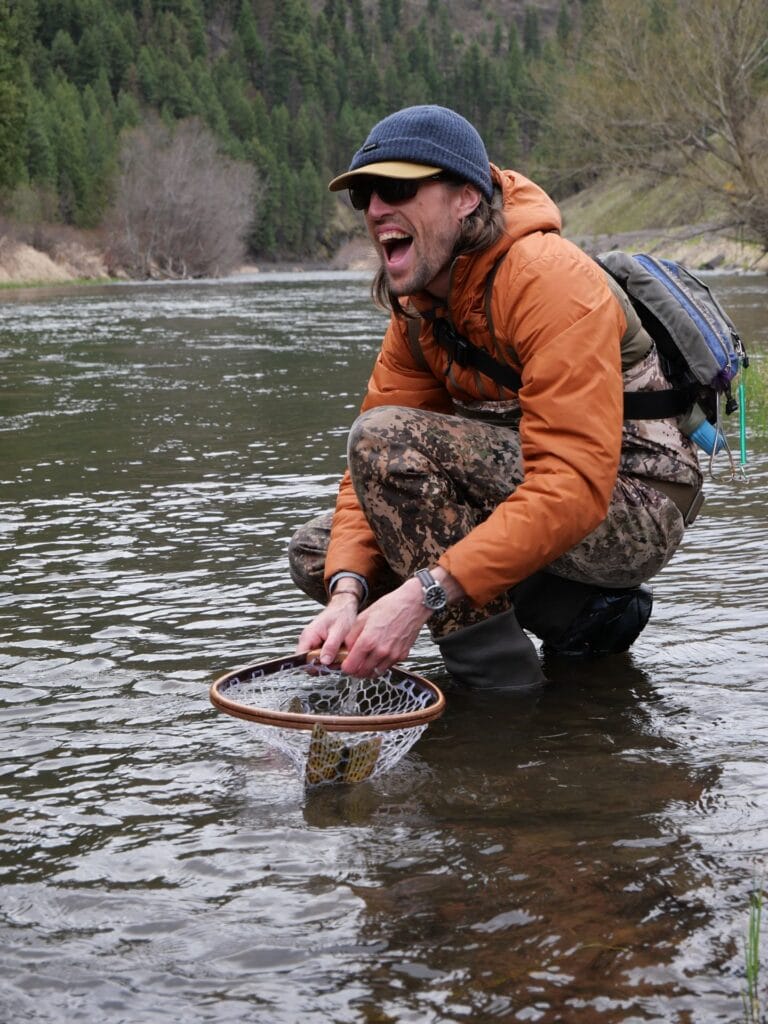
I’ve been drawn to restoration to invest in something I know will pay off in the future. Whether that future is near or far isn’t as important as the commitment to a deliberate and repetitive process. Spending time on the streams and in the landscapes I love enlivens me knowing the work’s importance, no matter the timeline.
I sometimes wish our obsession with time could be pushed aside and regarded as a crude modern novelty whose modes of tracking have become ever more present and intrusive in our lives. I wish I could always opt to brush it off, firm in the knowledge that what I was doing in the moment was worth it in the end, and the deadlines, due dates and schedules were just a distraction. But I know that isn’t always the case.
Steelhead journeys
Summer steelhead make an incredible journey that brings them from inland, mountain rivers and streams of Northeastern Oregon, nearly 600 miles to the Pacific Ocean and then back again a couple years later. It is on their way back to the waters of their birth where I can finally fish for them. The mere fact these fish can make this journey, and have been doing so for thousands of years, is why I remain awestruck in their presence.
But this journey might be time limited.
The lower four Snake River dams, Lower Granite, the last of which my steelhead need to pass to reach their home waters in the Grande Ronde basin, started a countdown for these fish. The dams stand one after another, monstrous and imposing, resolute in the face of time. They continually block and kill juvenile fish during their out migration and arrest, confuse and stymie the return of adults.

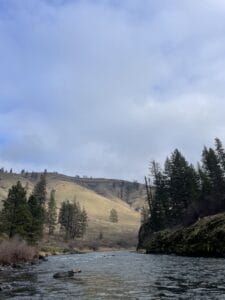
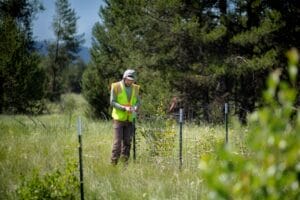
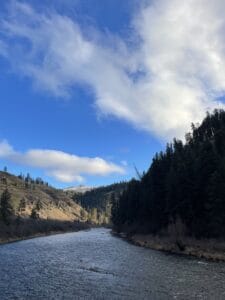
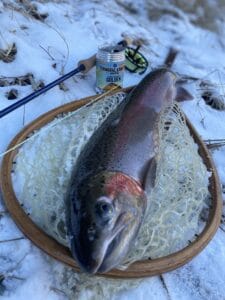
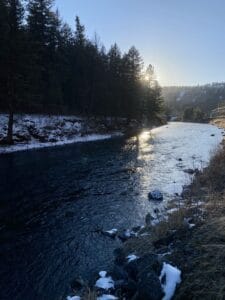
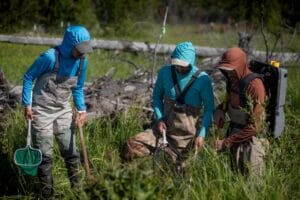
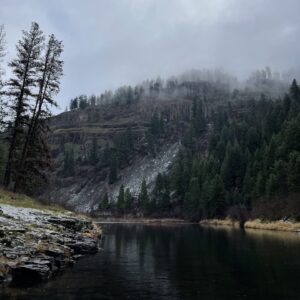
There could soon be a year, a month, a week and even a singular day, when no more fish move past Lower Granite dam on their way home, toward eagerly waiting steelhead anglers like myself. This could very well be within my own timeline here on earth.
We built the dams, we can just as easily un-build them
But I do not have to let this countdown tick idly by. We do not have to sit and wring our hands and grind our teeth anxiously. We can commit to repetitive and deliberate restoration action instead.
We built the dams, we can just as easily un-build them. At first it will happen slowly and then all at once, as tribal and restoration leaders have shown in the Klamath River basin this summer and over the decades leading to dam removal.
We can pursue energy and water efficiencies. We can invest in more efficient energy grids; we can put inexpensive solar panels on our roofs. We can modernize and invest in our rail transit systems to move grain and goods instead of barges that require the dams. We can plant trees and protect and improve habitat on Sheep Creek, the Grande Ronde and Wallowa Rivers, so that the next generation of fish that do make it home have a better chance at thriving.
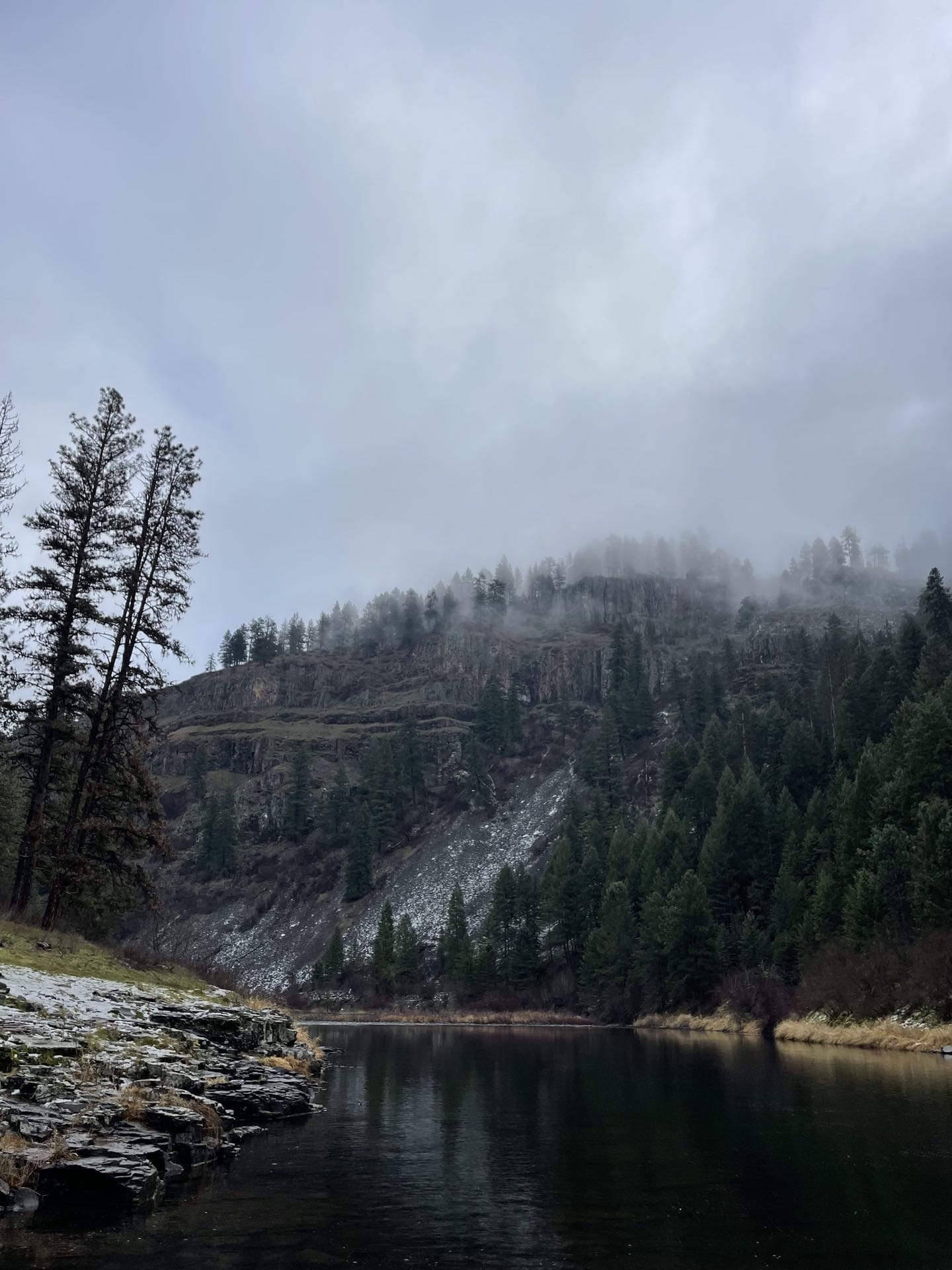
September on a steelhead river
It is September though. The first fall rains and cool weather have finally arrived. I will soon be in the woods chasing elk with my bow. The fish are making their arduous return, and as fortune would have it, in slightly higher numbers than the previous season, in our neck of the woods anyway.
I have to tie lots of Magneto Stones, Kaufman’s Black Stones and Girdle Bugs before they get here. I have a rod tip to replace and lines to clean, leaders and tippet and fly boxes to organize. It won’t be long before I am able to stand on the banks of the Grande Ronde or the Wallowa, rhythmically casting, drifting my fly deliberately and repetitively through a run.
I have found that I too can stand resolute in the face of time, as long as a fly rod is in my hand, even in the solitary fall cold of the canyon waiting for that first tug of the season. It is September: I am waiting, and I am looking forward to the commitment of pursuing steelhead once again.


Comments